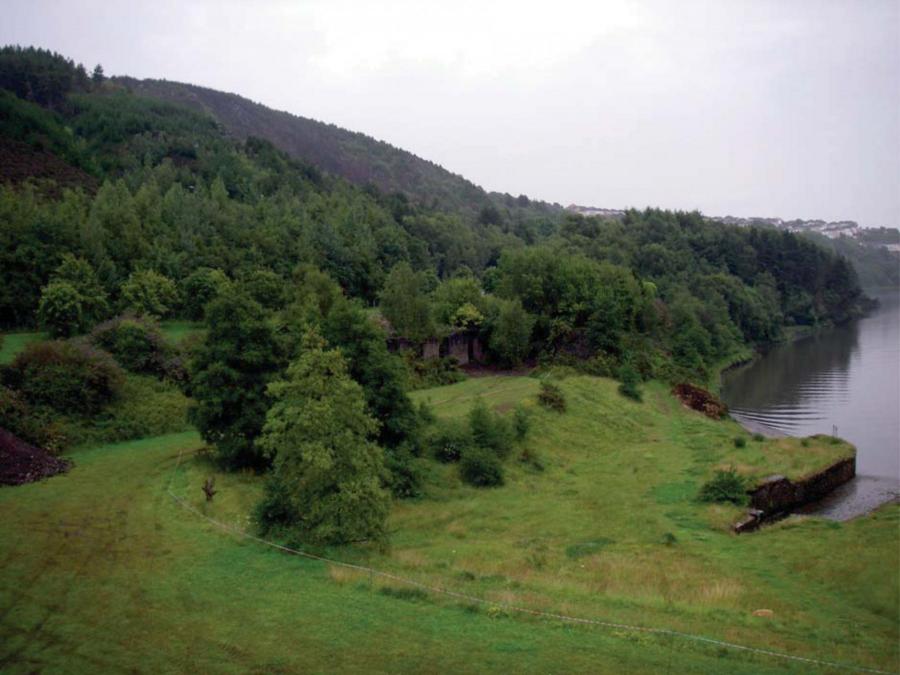Broadcast 26 February 2012
Wessex Archaeology was commissioned by Videotext Communications Ltd to undertake a programme of archaeological recording and post-excavation work on an evaluation by Channel 4’s ‘Time Team’ at the site of the White Rock Works (NGR 266300 194660) and the Hafod Works (NGR 266250 195020), Swansea, south Wales.
The White Rock Works (scheduled monument GM489) and the Hafod Works both played an important part in the creation of Swansea as a world leader in copper production. Little, however, was previously known about the state of preservation of either site. The scheme of works looked to address this question as well as try to inform future work. This report documents the results of the archaeological survey and evaluation undertaken by Time Team, and presents an assessment of the results of these works.
The main focus of the programme (three out of five trenches) was to examine the monumental Great Workhouse at the White Rock Works, a structure that at its creation in 1736 was one of the largest industrial buildings in the country. The new Great Workhouse was part of the evolution of industry from small workshop scale production to a more mechanised factory process, utilising long buildings with several furnaces and machinery arranged in a line according to their stage in the manufacturing process. A further trench was positioned over the believed location of a Manilla house (Manilla bracelets/armlets of copper were produced as a commodity to exchange for slaves) at the White Rock Works, and a single trench was located at the Hafod Works.
The trenches excavated within the Great Workhouse revealed a calcining furnace located near to two melting furnaces, all of which yielded evidence of lead manufacture, a concern developed at the White Rock Works by the late 19th century. The Manilla house trench uncovered part of a building, though no furnace remains, and from the overlying deposits came several assay crucibles probably used for assaying lead ore. The only positively identified copper furnace was revealed in the trench located at the Hafod Works, but only a small part was exposed.
The evaluation at the White Rock Works and the Hafod Works has shown that archaeological remains associated with the manufacture of metals, albeit mainly lead, survive below the demolition layers, though the results were limited by the small size of trenches and the excavations being restricted almost entirely to the uppermost levels. However, later lead-working technologies were identified at the White Rock Works, whilst small parts of at least one copper furnace were found at the Hafod Works, probably built in the late 19th century and demolished in the 1920s when the Hafod Works went out of use.
Further analysis and detailed publication of the results of this project is not warranted by the nature and scale of the findings, but it is proposed to submit a summary of the work to Archaeology in Wales.
